Intro
Discover the typical Gallbladder Surgery Recovery Time, including post-operative care, diet, and lifestyle adjustments to ensure a smooth healing process and minimize complications after cholecystectomy.
The gallbladder is a small, pear-shaped organ located under the liver that plays a crucial role in the digestive system. It stores bile, a fluid produced by the liver that helps break down fats and absorb fat-soluble vitamins. However, sometimes the gallbladder can become diseased or inflamed, requiring surgical removal. Gallbladder surgery, also known as cholecystectomy, is a common procedure that can be performed using open or laparoscopic techniques. Recovery time is a significant concern for patients undergoing gallbladder surgery, as it can vary depending on several factors.
Recovery from gallbladder surgery can be a challenging and uncomfortable experience, but with proper care and attention, patients can minimize complications and ensure a smooth recovery. The road to recovery begins immediately after surgery, and patients can expect to spend several hours in the hospital or surgical center for observation. During this time, medical staff will monitor the patient's vital signs, manage pain, and provide guidance on post-operative care. Patients can expect to feel tired, sore, and possibly nauseous after surgery, but these symptoms can be managed with medication and rest.
The importance of understanding gallbladder surgery recovery time cannot be overstated. Patients who are well-informed about the recovery process can better prepare themselves and their loved ones for the challenges that lie ahead. Moreover, knowing what to expect can help alleviate anxiety and stress, allowing patients to focus on their recovery and return to their normal activities as soon as possible. In this article, we will delve into the details of gallbladder surgery recovery time, including the factors that influence recovery, the benefits and risks of laparoscopic and open surgery, and the steps patients can take to ensure a smooth and speedy recovery.
Gallbladder Surgery Overview
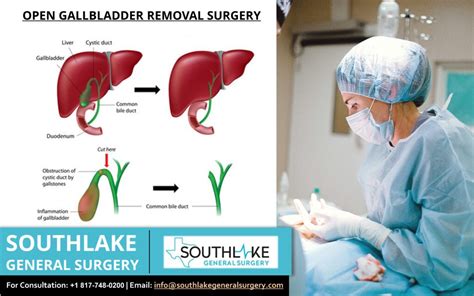
Benefits of Laparoscopic Surgery
The benefits of laparoscopic surgery include: * Less pain and discomfort * Smaller incisions and less scarring * Faster recovery time * Reduced risk of complications * Shorter hospital stay Laparoscopic surgery is a popular choice for gallbladder surgery, as it offers several advantages over open surgery. However, it's essential to note that laparoscopic surgery may not be suitable for all patients, and the decision to use this approach should be made in consultation with a qualified surgeon.Recovery Time After Gallbladder Surgery

Factors That Influence Recovery Time
The following factors can influence recovery time after gallbladder surgery: * Type of surgery: Laparoscopic surgery typically results in faster recovery times compared to open surgery. * Patient's overall health: Patients with underlying medical conditions or those who are overweight may experience longer recovery times. * Presence of complications: Patients who experience complications during or after surgery may require longer recovery times. * Age: Older patients may experience longer recovery times due to decreased physical function and increased risk of complications. Understanding these factors can help patients prepare for their recovery and make informed decisions about their care.Post-Operative Care
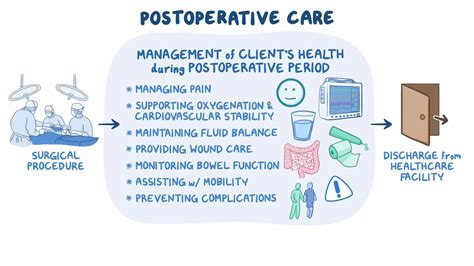
Managing Pain and Discomfort
Managing pain and discomfort is a crucial aspect of post-operative care. Patients can expect to feel some pain and discomfort after surgery, but this can be managed with medication and rest. The following tips can help patients manage pain and discomfort: * Take pain medication as directed * Use ice packs or heating pads to reduce pain and inflammation * Rest and avoid strenuous activities * Follow a healthy diet and stay hydrated By managing pain and discomfort effectively, patients can reduce their risk of complications and ensure a smooth recovery.Complications and Risks
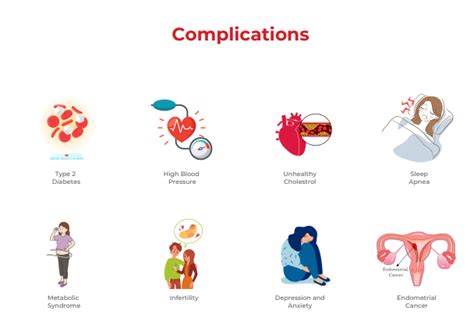
Minimizing Risks and Complications
The following tips can help patients minimize their risk of complications and ensure a smooth recovery: * Follow the surgeon's instructions carefully * Attend follow-up appointments with the surgeon * Take medication as directed * Rest and avoid strenuous activities * Follow a healthy diet and stay hydrated By taking these steps, patients can reduce their risk of complications and ensure a speedy recovery.Returning to Normal Activities
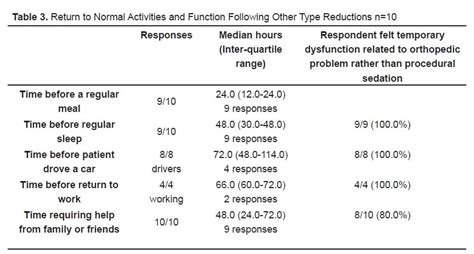
Long-Term Outlook
The long-term outlook for patients after gallbladder surgery is generally excellent. Most patients can expect to make a full recovery and return to their normal activities without any significant long-term effects. However, some patients may experience persistent symptoms or complications, such as: * Diarrhea or fatty stools * Abdominal pain or discomfort * Bile duct injury or leakage By attending follow-up appointments with the surgeon and following a healthy lifestyle, patients can minimize their risk of long-term complications and ensure a smooth recovery.Gallbladder Surgery Recovery Time FAQs
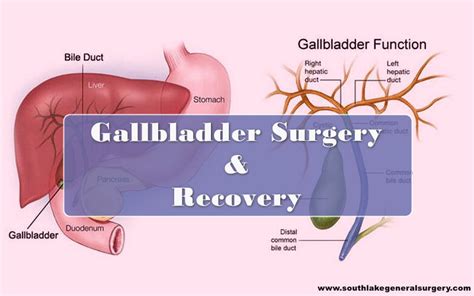
What is the typical recovery time after gallbladder surgery?
+The typical recovery time after gallbladder surgery can vary depending on several factors, including the type of surgery and the patient's overall health. Generally, patients can expect to spend several days or weeks recovering from surgery.
What are the benefits of laparoscopic surgery?
+The benefits of laparoscopic surgery include less pain and discomfort, smaller incisions and less scarring, faster recovery time, reduced risk of complications, and shorter hospital stay.
What are the potential risks and complications of gallbladder surgery?
+The potential risks and complications of gallbladder surgery include infection, bleeding or hemorrhage, adverse reactions to anesthesia, injury to surrounding organs or tissues, and bile duct injury or leakage.
In conclusion, gallbladder surgery recovery time can vary depending on several factors, including the type of surgery and the patient's overall health. By understanding the benefits and risks of laparoscopic and open surgery, patients can make informed decisions about their care and take steps to minimize their risk of complications. By following the surgeon's instructions carefully and attending follow-up appointments, patients can ensure a smooth recovery and return to their normal activities without any significant long-term effects. If you have any further questions or concerns about gallbladder surgery recovery time, please do not hesitate to reach out to your healthcare provider. We encourage you to share this article with others who may be interested in learning more about gallbladder surgery recovery time, and we invite you to comment below with any questions or feedback you may have.
